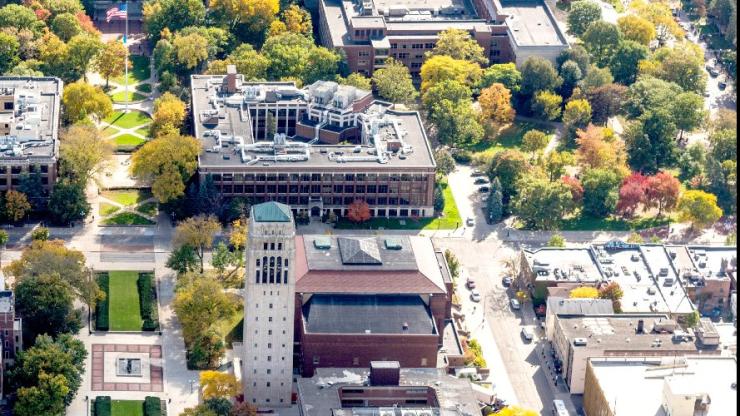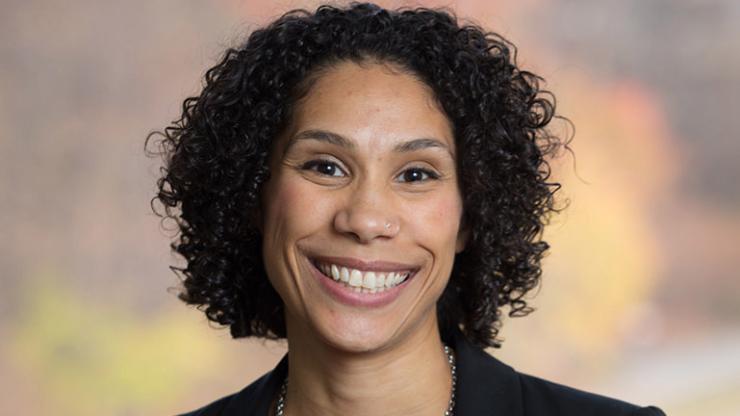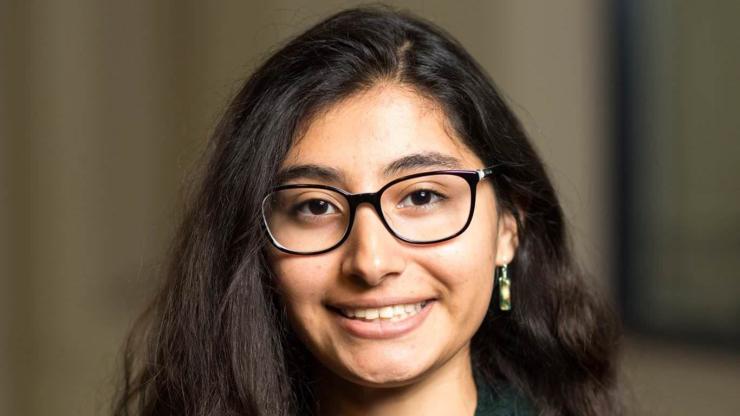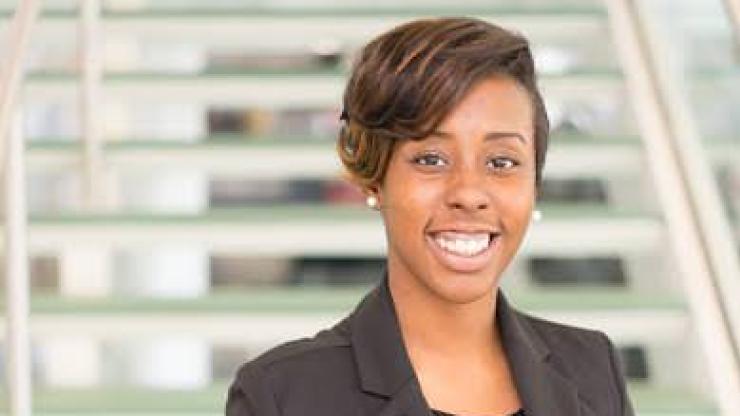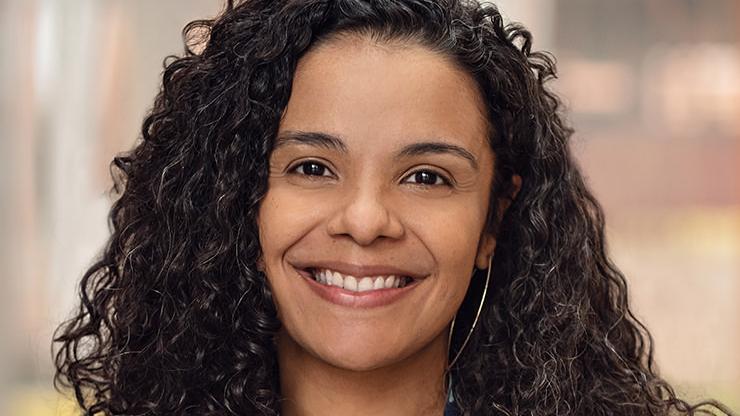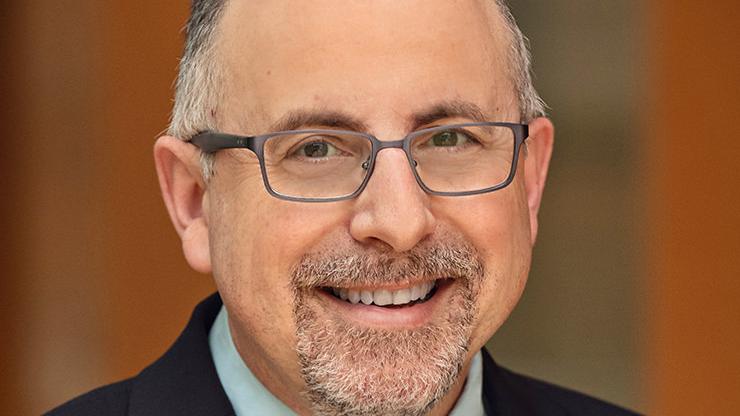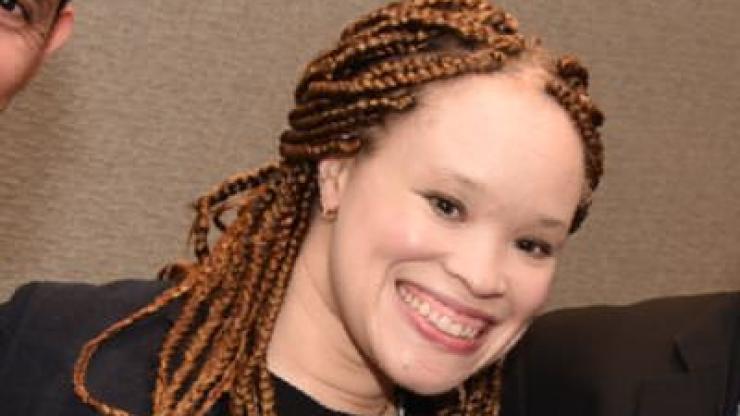Professor Tim McKay and alumna Nita Kedharnath focus on diversity and equity in introductory college STEM courses
This spring, educational leaders from 10 top public research universities, led by U-M, came together to focus on equity and inclusion in large introductory STEM courses. Their project, named the Sloan Equity and Inclusion in STEM Introductory Courses (SEISMIC) project, aims to “shake up” the way in which students begin their careers in STEM. Other founding institutions include Michigan State University, Indiana University, Purdue University, University of Minnesota, Arizona State University, University of Pittsburgh, University of California Santa Barbara, University of California Irvine, and University of California Davis.
School of Education alumna Nita Kedharnath (BS '18, TeachCert '18), is the project manager of SEISMIC. Drawing on her schooling in secondary science and math education, Kedharnath says that the individual efforts of these universities represent a movement in the right direction, but she expects the SEISMIC project to live up to its name as its leaders share expertise, best practices, and tools.
“A key goal of this project is to set a new national standard for assessing the quality of foundational STEM courses — a course cannot be excellent unless it is equitable and inclusive,” Kedharnath said.
One of the earliest challenges that new STEM majors face involves the necessity of taking large introductory lecture courses in science, technology, engineering, and math. These courses can enroll hundreds, or even thousands, of students, which can especially dishearten those who do not see themselves represented among current STEM professionals. SEISMIC believes that this dissonance can lead students to abandon their dreams, which creates an overall societal loss, since the students who leave STEM fields are not addressing problems and making new discoveries.
“We’re going to work on big intro courses in a new way,” said Project Director Tim McKay, who teaches and does research in LSA’s Departments of Physics and Astronomy, along with the School of Education. “Instead of working in a single course, we’ll bring together instructional teams from across all the STEM fields. Instead of working on just one campus, we will gather together teams from many universities. There is so much that we can learn from one another, especially when we bring together data about the student experience from all these different fields and all these different institutions.”
Concerns about equity and inclusion in STEM education go beyond gender to concerns about race, socioeconomic status, religion, sexual orientation, politics, and generation in college. For example, African Americans and Hispanics hold only 9 percent and 7 percent of STEM career positions, respectively.
The first annual meeting of SEISMIC will take place on June 11-14 in Ann Arbor. It will feature keynote lectures from Emily Miller, the Association of American Universities’ associate vice president for policy; John Gates, Purdue University’s vice provost for diversity and inclusion; and Ramón Barthelemy, a physics education researcher who will be reviewing studies of inclusion for SEISMIC.
